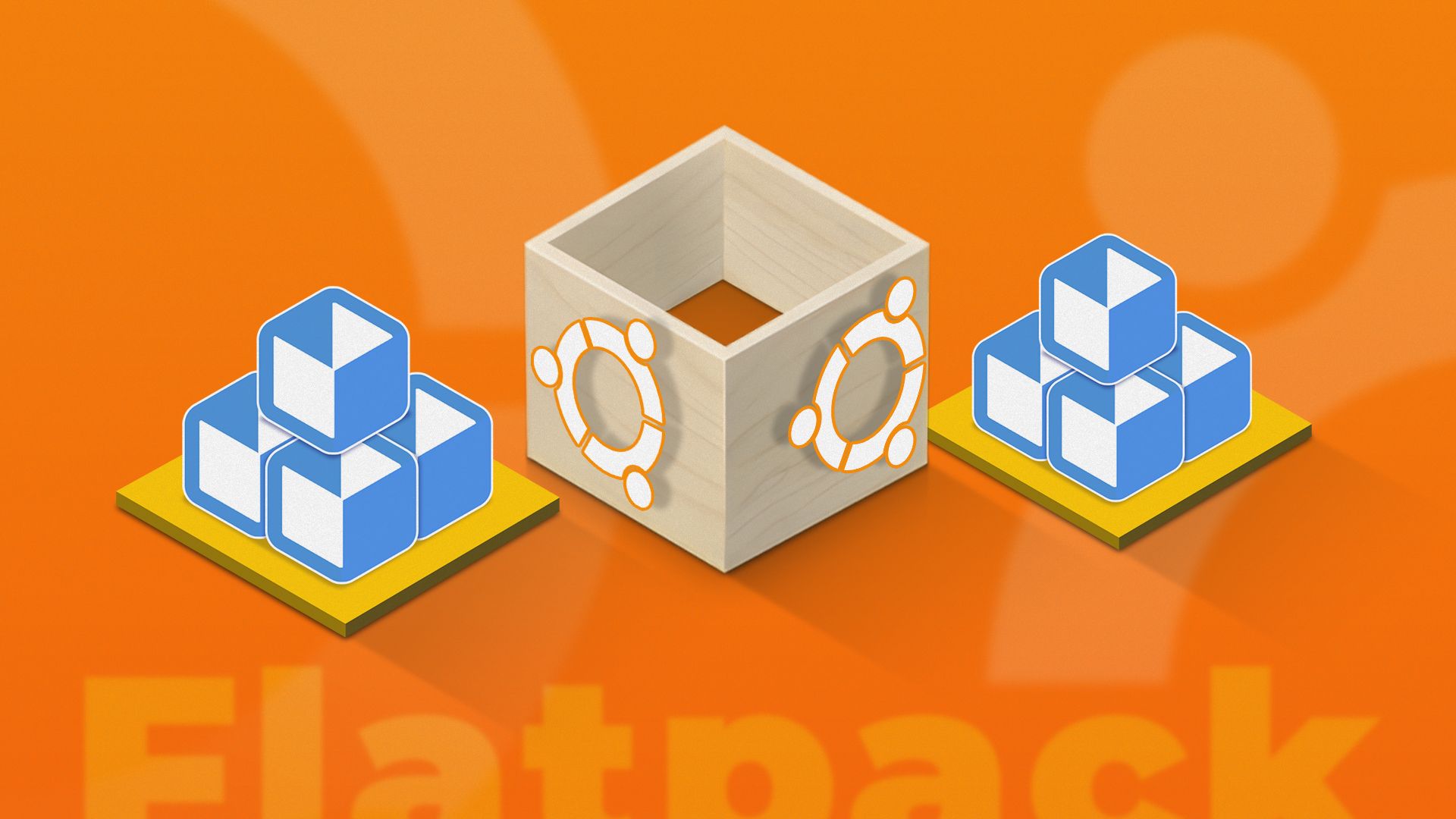Summary
- Flatpaks offer a wider selection of stable applications than Snap.
- Installing Flatpak support on Ubuntu is quick and easy.
- Use GNOME Software to conveniently find and manage Flatpak apps.
Want to make sure you have access to all the software available to you on your Ubuntu system? Enabling Flatpaks can open up new worlds, so let’s look at setting them up on your desktop!
What Are Flatpaks and Why Use Them on Ubuntu?
Like Snaps, Flatpaks are self-contained software packages that contain everything an application needs to function, and they run in an isolated, sandboxed environment. However, there are a few big advantages to adding Flatpak support to your Ubuntu system:
- Flatpaks offer a wider selection of applications to choose from than what Ubuntu initially offers.
- We here at How-To Geek find Flatpaks are generally more stable and reliable than Snaps.
- Flatpaks offer better compatibility with the overall Linux ecosystem.
How to Install Flatpak Support on Ubuntu
To set up Flatpak support on your Ubuntu system, you’ll need to open a terminal and enter a few commands. The entire process should only take a few minutes and, when we’re done, you’ll have a whole new catalog of apps available to install. So, go ahead and open a terminal window and let’s get started.
Install the Base Flatpak System and Repository
First, we need to install basic Flatpak support. You can do that by copying and running the following command (enter your password if prompted):
sudo apt install flatpak
Next, we need to tell the Flatpak system where to find software. We’ll add the main Flathub.org repository, which you can also visit and browse on the web. Run the following two commands in your terminal. Make sure the first command is entered on a single line:
flatpak remote-add --if-not-exists flathub https:
flatpak remotes
If the Flatpak system is working and the remote repository was successfully added, you should see output similar to the following in your terminal:
As you can see, Flatpak recommends rebooting your system. You can reboot now, or, if you like, you can finish the rest of the setup and then restart. Either way, everything should be fully functional.
We’re already almost done! You can now run Flatpak applications on your Ubuntu system. But first, we’ll need to find some Flatpak software to install. Let’s install GNOME Software to give you a nice graphical interface for finding and managing Flatpaks.
Installing GNOME Software on Ubuntu
GNOME Software is the default software center for systems using the GNOME desktop environment (which is the default desktop environment on Ubuntu). It was removed in recent versions of Ubuntu in favor of their own Snap App Center. We’re going to re-install GNOME Software and its Flatpak support plugin so you can browse, install, and remove Flatpak apps on your desktop without any need for the terminal.
You can accomplish this with the following terminal command, entered as a single line:
sudo apt install gnome-software-plugin-flatpak gnome-software
Use GNOME Software to Find and Manage Flatpaks
You should now see the GNOME Software application in your app launcher. It is labeled simply as “Software” in the launcher. You can right-click on the icon to pin it to your dash if it makes things more convenient for you.
On the first run, it may take a few minutes for the software application itself to download the initial app catalog and metadata. After that, though, it should open in just a moment or two whenever you need it.
Once everything is updated, Software will show you what is available to install (and from where), what you have installed (with the option to remove it), and any app or components with updates available. You can even uninstall a Snap and then install the Flatpak version of the same app if you want to.
Under the install button for each app you’ll find a dropdown menu that shows the available sources the program can be installed from. You’ll find many that are available as both Snaps and Flatpaks, some that are only available as Snaps, and many more that are only available as Flatpaks. Select the source you want, click “Install”, and you’ll have your new app in a few moments.
Mission Accomplished
Congratulations, that’s it! You now have full support for Flatpaks on your Ubuntu system. Enjoy your expanded software catalog and pat yourself on the back for taking advantage of the fact that Linux lets you do things your way.
Source link
